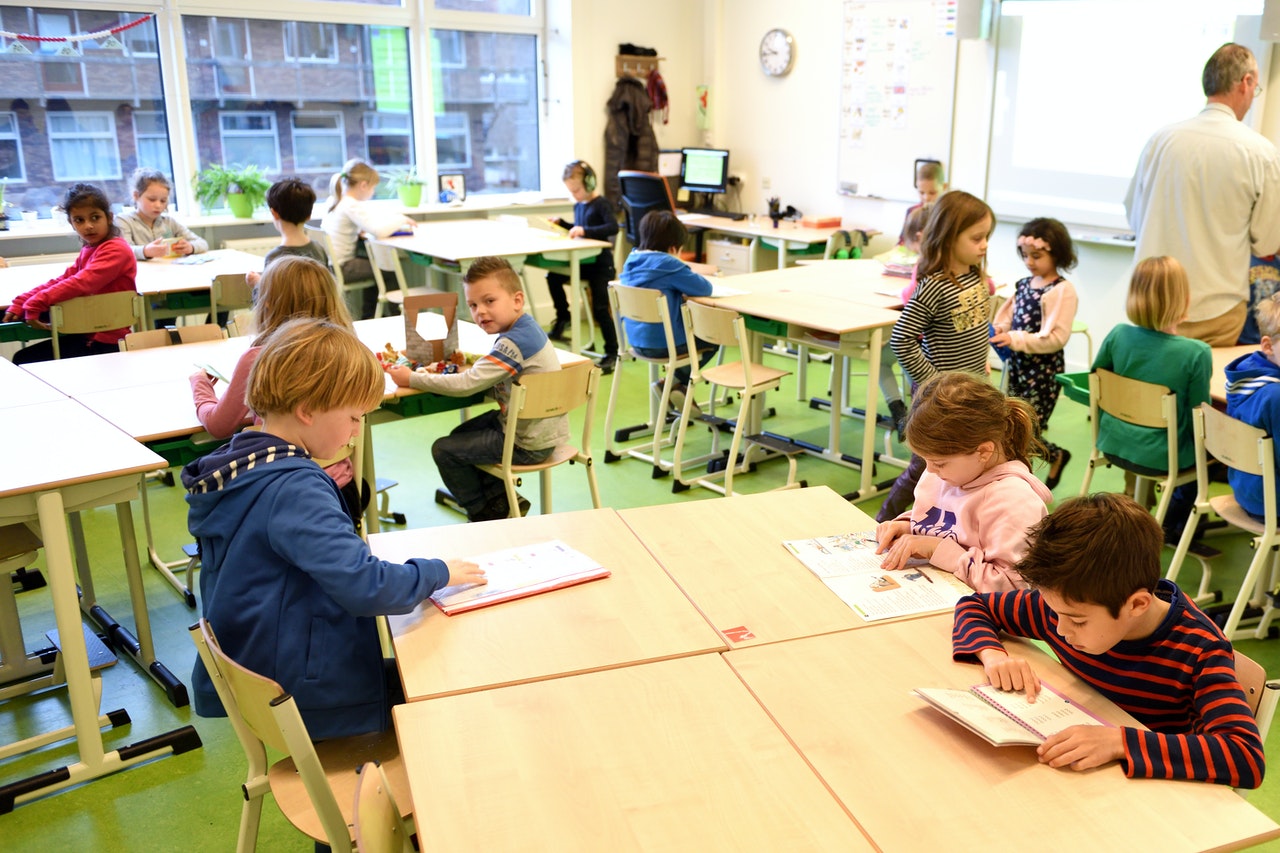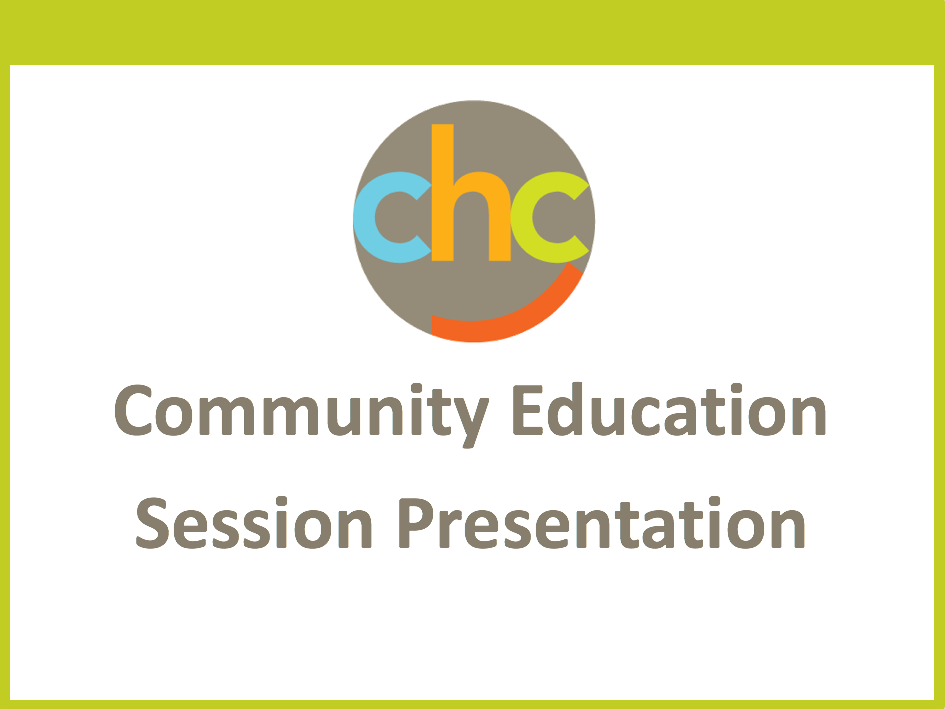 The growing acknowledgement of racial injustice and systemic racism is leading school districts, schools and individual teachers across the nation to examine and, in some cases, change their policies and approaches. Others, however, don’t know where to start or worry their actions will have no impact.
The growing acknowledgement of racial injustice and systemic racism is leading school districts, schools and individual teachers across the nation to examine and, in some cases, change their policies and approaches. Others, however, don’t know where to start or worry their actions will have no impact.
“The work about unpacking equity is scary,” said Daryl Williams, senior education equity specialist at the Mid-Atlantic Equity Consortium and doctoral instructor at the University of Phoenix.
Williams said there’s no one right approach to cultural responsiveness and antiracism initiatives in school systems. He does, however, advise superintendents and principals to examine their own racial and cultural beliefs.
Education Dive recently spoke with three school systems about their efforts around inclusive and antiracist practices.
Albemarle School District in Charlottesville, Virginia
In his first speech to staff as the new superintendent of schools for the Albemarle School District in Charlottesville, Virginia, Matthew Haas told educators assembled on Aug. 14, 2018 that they were “tolerant, patient, loving, encouraging, forgiving, supportive, kind, warm and generous.”
Among the praise, however, he told them they needed to do better in one area: “For the most part, our diverse students of color, specifically African American students and Latino students, are not as successful as I believe they can be in Albemarle County Public Schools,” according to a copy of the speech provided by the district.
Since that speech, the district has written, with the help of students, an anti-racism policy in which all staff have been trained in eliminating all forms of racism, including individual and institutional racism.
Some of the efforts began prior to 2018 and have included instructional, personnel, training and budget changes in efforts to boost the social, emotional and academic outcomes of all students through inclusive practices.
Gadsden Independent School District in Sunland Park, New Mexico
In Sunland Park, New Mexico, where the Gadsden Independent School District covers 1,200 square miles on the border of Mexico, nearly half of the district’s 13,000 students are English learners, and nearly 100% receive free or reduced-price lunches.
Earlier this year, the district established an Equity Council consisting of parents, administrators and students to review a variety of practices, such as attendance, allocation of resources, parental involvement and instructional delivery and see where improvements could be made, Susan Yturralde, the district’s associate superintendent for curriculum and instructional support, said.
The district has been more deliberate in purchasing instructional materials representative of its students.
Teachers and administrators are using data-driven approaches to discover where to make alterations in instructional delivery and materials. Although there’s been much progress, the district is taking a slow approach because conversations about cultural bias can be uncomfortable, and because the district wants its efforts to be effective and meaningful, Yturralde said.
Emerson Elementary in Berwyn, Illinois
It’s hard to pinpoint the origin of the equity movement at Emerson Elementary, a K-5 school in Berwyn, Illinois.
When a core group of teachers approached Principal Jean Suchy about their desire to increase equitable practices, she was supportive. The Berwyn South School District 100 arranged for Ivette Dubiel, the executive director of equity and professional learning at the DuPage Regional Office of Education, to provide professional development to a small group of teachers, Suchy said. 4th grade teacher Dennis Puhr said the training was “transformative.”
“A lot of people thought they were being inclusive, but we realized to be an antiracist educator, it’s really to be proactive and to take concrete steps in our classroom and school to bring about change that I think our world needs at this time.”
Since that training, the school staff has discussed implicit and explicit biases and the definition of antiracist. Additionally, teachers have been modeling antiracist practices, Puhr said.
Excerpted from “How 3 School Systems Initiated Antiracist Practices” in Education DIVE. Read the full article for more details on each school system’s approach.
Source: Education DIVE | How 3 School Systems Initiated Antiracist Practices, https://www.educationdive.com/news/how-3-school-systems-started-their-antiracism-practices/588307 | © 2020 Industry Dive
CHC offers free community education sessions for educators. Join us to learn practical teaching strategies you can use in your classroom to help more kids reach their promise and potential. Educator sessions are led by experienced educator/clinician teams from Sand Hill School and CHC.
This resource is filed under:





